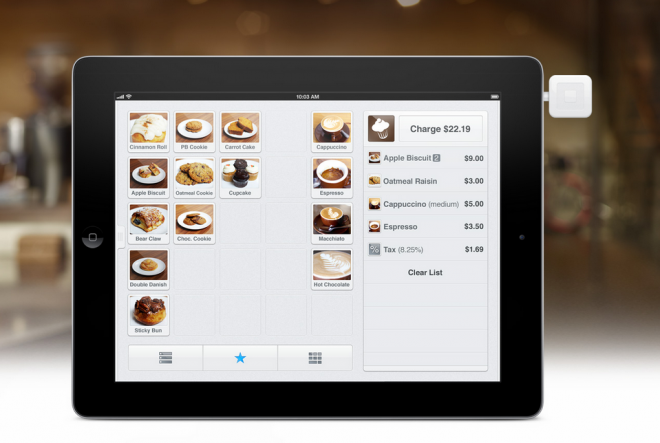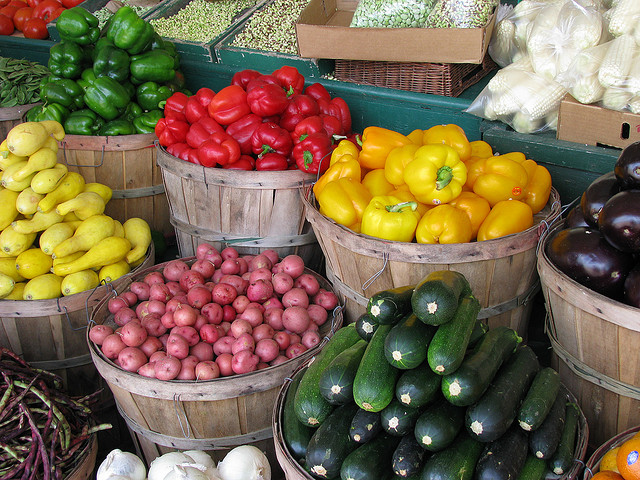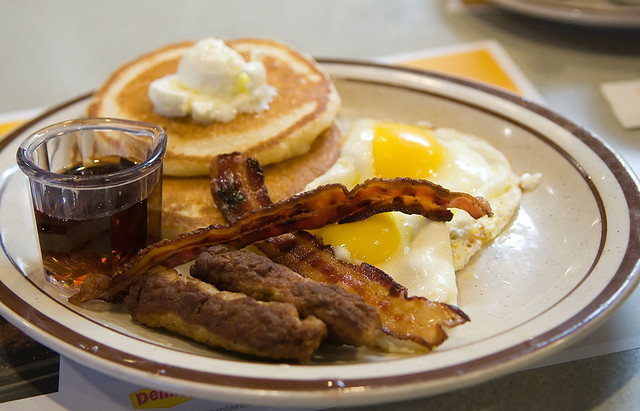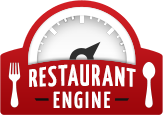5 Restaurant Business Cashflow Problems (and How to Fix Them)

Cashflow is an issue for lots of businesses. via All Things D
We’re entering a new year and that means new things including the biggest issues for restaurant owners. After digging into some of the issues it became clear that the biggest concerns for restaurant owners (and other business owners) revolved around cashflow. Business cashflow problems persist and remain a key factor in success.
Here are some tips for solving the biggest business cashflow problems facing restaurant owners and other entrepreneurs as well.
Solving Restaurant Business Cashflow Problems
1. Organize Changes in Payroll
Payroll fluctuations have always been one of the biggest issues for restaurant owners. In fact, it’s an issue for most businesses.
Turnover, new employees, layoffs and other things can all make payroll handling a challenge. The only thing you can really count on in business is change and while it’s impossible to perfectly project how things will be it’s wise to maintain a budget.
Successful businesses generally keep a budget and a budgeting process for payroll is a simple and effective way to organize your payroll.
Each year it’s good to set a budget. Let’s say you’re fiscal year starts in January and ends in December. Start working on your budget for next year around July to September. Use numbers for history to put together the budget.
Analyze how your payroll has changed over the years. See if you can notice any trends. You probably have an idea already, but seeing the numbers can help you understand.
Forecast out the growth of your business and budget for new hires. Also analyze your typical turnover. This will give you a better understanding of raises and wage changes throughout the year.
This exercise of looking forward will help you prepare for how payroll will change. You won’t come out perfect, but you should come close and that will make dealing with payroll less stressful.
2. Forecast Cash Flow
Start a business budget for the next year six months before it begins. Use history to make your forecast. Tweet This
Cash Flow is another issues that factors into all business dealings. Without cash there is no business so it’s important to understand the flow of your money throughout the year.
In the restaurant business things can change quickly. Food prices can go up. Employees come and go. Seasonality can affect the number of customers coming through the door.
All those factors make it difficult to manage cash flow.
We just touched on how forecasting can help you with payroll. Dealing with cash flow is the exact same process only now you’re looking at your entire business.
Three to four months ahead of your next year create a budget with your forecast for revenue each month or even week. Use history to guide you along with your plans for growth.
Factor in all the existing costs and costs that are changing as a result of the industry, economy and changes you’re making. Look at how those will affect your profit numbers each month.
Seeing the changes from week to week or month to month will give you a forecast of how much cash you’ll need on hand throughout the coming year. You won’t come out exactly right because we can’t plan for everything, but this process will help you prepare.
3. Diversify Food Deliveries

Some restaurant owners are sourcing from local growers to save money. via NatalieMaynor
Getting food on time and dealing with food vendors can be an issue.
When food doesn’t get delivered on time it can really throw off your plans. It’s something that can hinder the way you’re doing business.
The best way to deal with this issue is to diversify your deliveries.
A former company I worked for was really good at this. They weren’t in the restaurant industry, but they managed their vendors effectively by not putting too much into any single source.
It takes a little more effort to manage more vendors and it can cost you a little more because you’ll have to give up some bulk discounts, but in the long run it can save you stress and headaches. If done right it can even save you the money you might lose on the bulk discounts.
Get different items from different sources. The more spread out you are the less it will hurt if one delivery is late or doesn’t come through. You’ll also have a person you can reach out to in a pinch if you need something quick when one vendor falls through.
You can also work better deals if your vendors know you’re dealing with other competition.
4. Unique Solutions to Rising Food Prices

Find ways to add high margin items to combat rising prices. Like a free coffee with breakfast. via Joits
Last year was really tough on many industries. Drought struck its ugly head across much of the US and that has had a huge affect on food prices heading into 2013. It’s another trend for the new year.
Restaurants are dealing with rising food prices and consumers are dealing with their own money issues and they want lower prices.
The basic rule of thumb still holds the trump card in all business. If you make the customer feel like they are getting a good value then price doesn’t matter quite as much. This means that you can still charge what you need to as long as the customer feels they are getting value.
This doesn’t mean you can charge the same price for less food or lower quality food. Customers will notice and they’ll feel cheated.
What it does mean is you have to find ways to give the customer more without having it add much or any cost to your business.
One creative way some restaurants are dealing with food prices is to grow their own or source locally. This process can have similar costs to other sources and customers might be willing to spend more to support the community.
Another way is to find higher margin side dishes or other add-on items to add to the men to offset increases in main menu items.
For example, if you have to raise the cost of a steak is it possible to add on a free soda with purchase?
It’s a tough economy and that means getting creative with the menu to combat rising food prices.
5. Stick With a Unique Focus When Dealing with New Competition
Even with all the issues facing the restaurant industry it seems like there is more competition than ever.
New competition brings stress on revenue, which obviously has an effect on cashflow. When a new restaurant first shows up there is an initial curiosity. Customers will try it out and that can dip into your revenue in the short-term. If the restaurant really has something it can pose a long-term threat.
The best way to approach this issue is to keep your focus narrow.
Figure out who your single most important customer is and do everything you can to serve them. Find your niche and be the best at it.
Chain restaurants are good at serving the masses, but they can’t serve the niches.
It’s not unusual to see new restaurants that aren’t chains focusing on the masses as well.
This is where you have an opportunity to focus on a niche. Do all you can to be the best there is. You’ll have a loyal following and should only suffer very short dips in revenue if new competition moves in next door.
This will even out your revenue and cashflow situation making things much more manageable.
You can also do things like use modern payment methods like Square Mobile Payments to add more convenience for your customers (and for you).
Final Thoughts
There will always be issues that you’ll face. It’s part of the territory that comes with being a restaurant owner.
Use the tips above to help you with some business cashflow problems.
And if there are more issues you’re facing share them in the comments.
You can also contact us for help with issues you’re having as well as anything for other restaurant needs. Tweet to us!


I think this information will help the restaurant business.
تست جوش–خرید ملک در ترکیه–راهبند اتوماتیک–لامپ کم مصرف–کرکره برقی